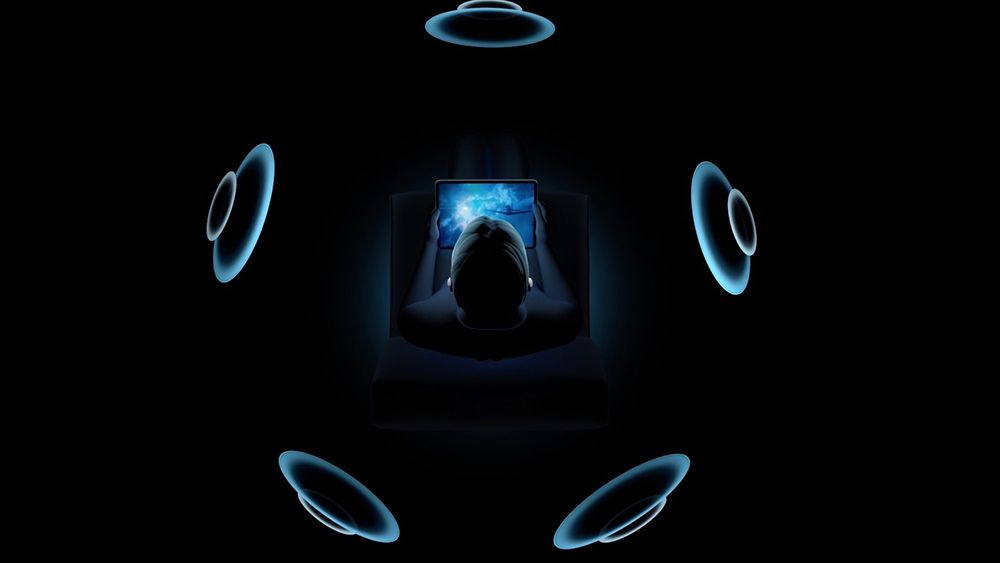

How will the introduction of spatial audio reinvent the music industry?
If we learned one thing about the electronic music industry through the COVID-19 pandemic, it’s that our ability to innovate in the world of technology is endless. One of the more important factors of innovations in the genre is the way we hear audio. Every track, every mix, every element is meant to be heard a certain way. With the introduction of spatial audio, songs will be taken to a whole new artistic level.
This idea of space has become even more crucial with the rise in the popularity of live streams. While visuals provide a specific theme and mood for the online viewer, nothing matters if you don’t have outstanding audio. With technology moving almost faster than any other industry, consumers can create an audio environment that rivals professional venues. There must an alternative to give viewers a brand new way of hearing their favorite tracks, something they have never experienced before, which is the essence of spatial audio.
L-Acoustics told IMS Ibiza in their 2021 Business Report that “space is the next frontier in sound.” To increase viewers and engagement technology has given electronic artists “the ability to use space as a type of instrument.” L-Acoustics also says that the drop can “be 10 times more spectacular” because of the movement of sound and transformation in space.

This type of technology sounds difficult and expensive to bring to the masses. However, with the invention of L-ISA Studio, artists can mix spatial audio on a device as simple as a laptop or as complex as a surround sound studio. It is also used as a gateway to mix tracks for different settings so people can experience it both in-ear and at a live show. According to the 2021 IMS Report, ODESZA, Wonderfruit Festival (Thailand), and Tomorrowland’s Atmosphere Stage already use this technology to bring people an immersive audio experience unlike any other while French artist Molécule uses spatial audio on tour with a 360° set up.
Music streaming companies are beginning to roll out this feature too. Apple Music introduced it on their service along with Dolby Atmos last month. As expected, the response has been nothing but positive so far. But there still is a long way to go in developing this experience into the realm of everyday listening. Through all the innovation that took place over the last year due to the inability to provide live in-person entertainment and the way artists found new avenues to bring their viewers the ultimate in-home experience, one conclusion can be made. The electronic music industry is on the front end of cutting-edge technology and spatial audio is just the newest experience. But it’s nowhere near the last, the ceiling is so much higher and we are just scratching the surface.
Download the 2021 IMS Ibiza Business Report here.
Image Credit: David Guetta (via Facebook)


- Arodes cover Interview
- Armin van Buuren: Breathing In [Exclusive Interview]
- Ibiza 2024: What To Expect
- Burak Yeter: A Day In Space [Exclusive]
